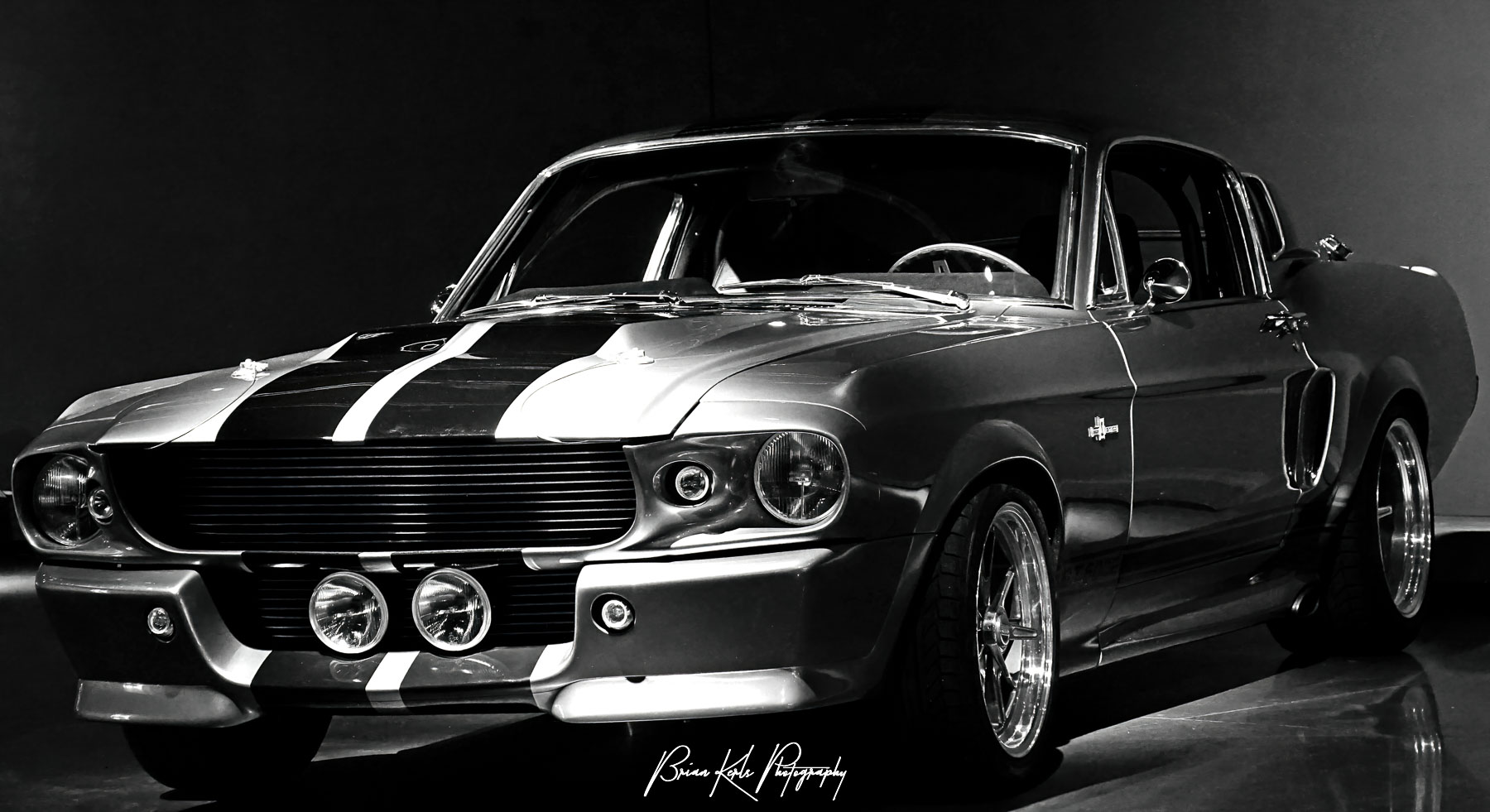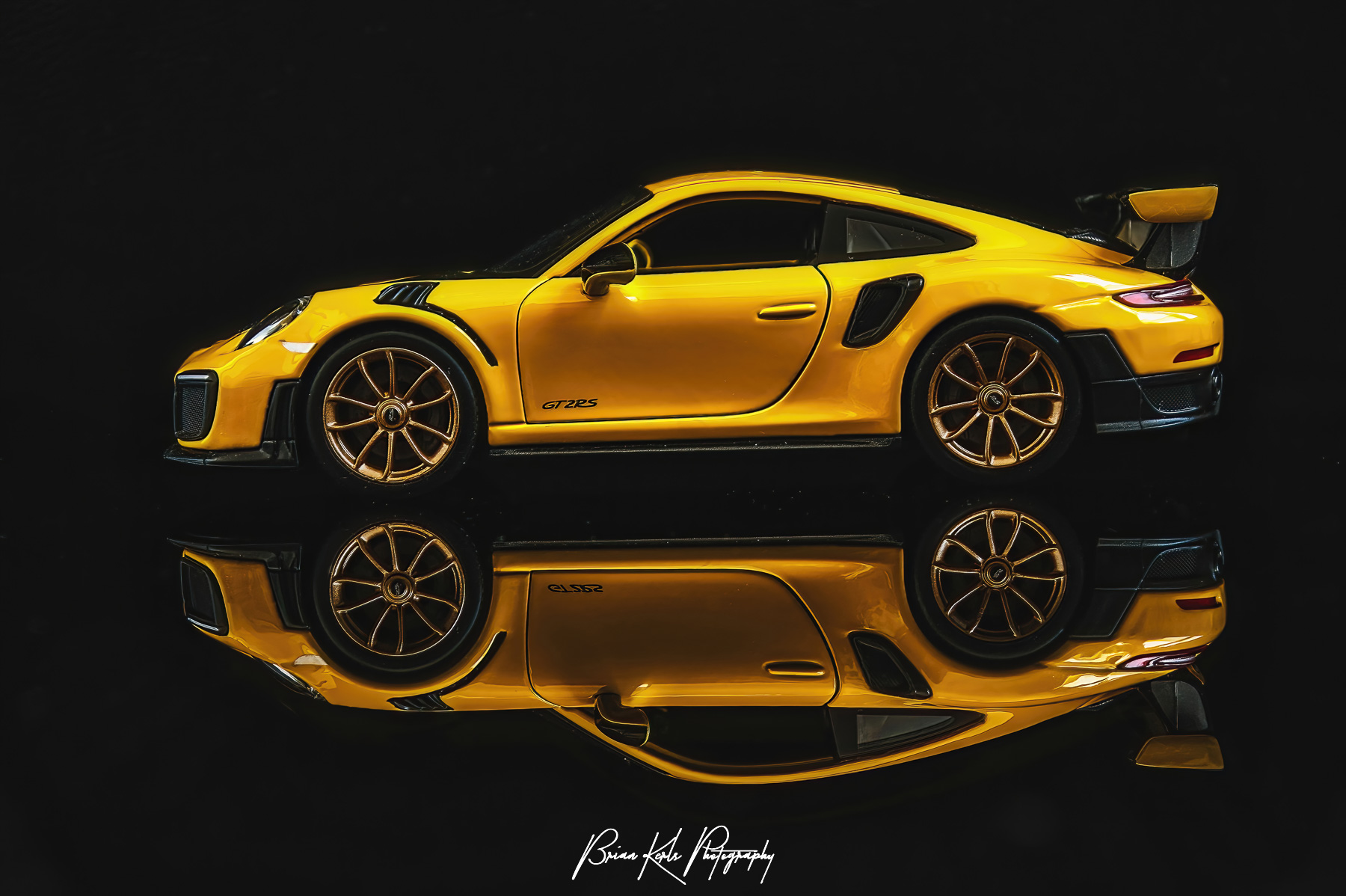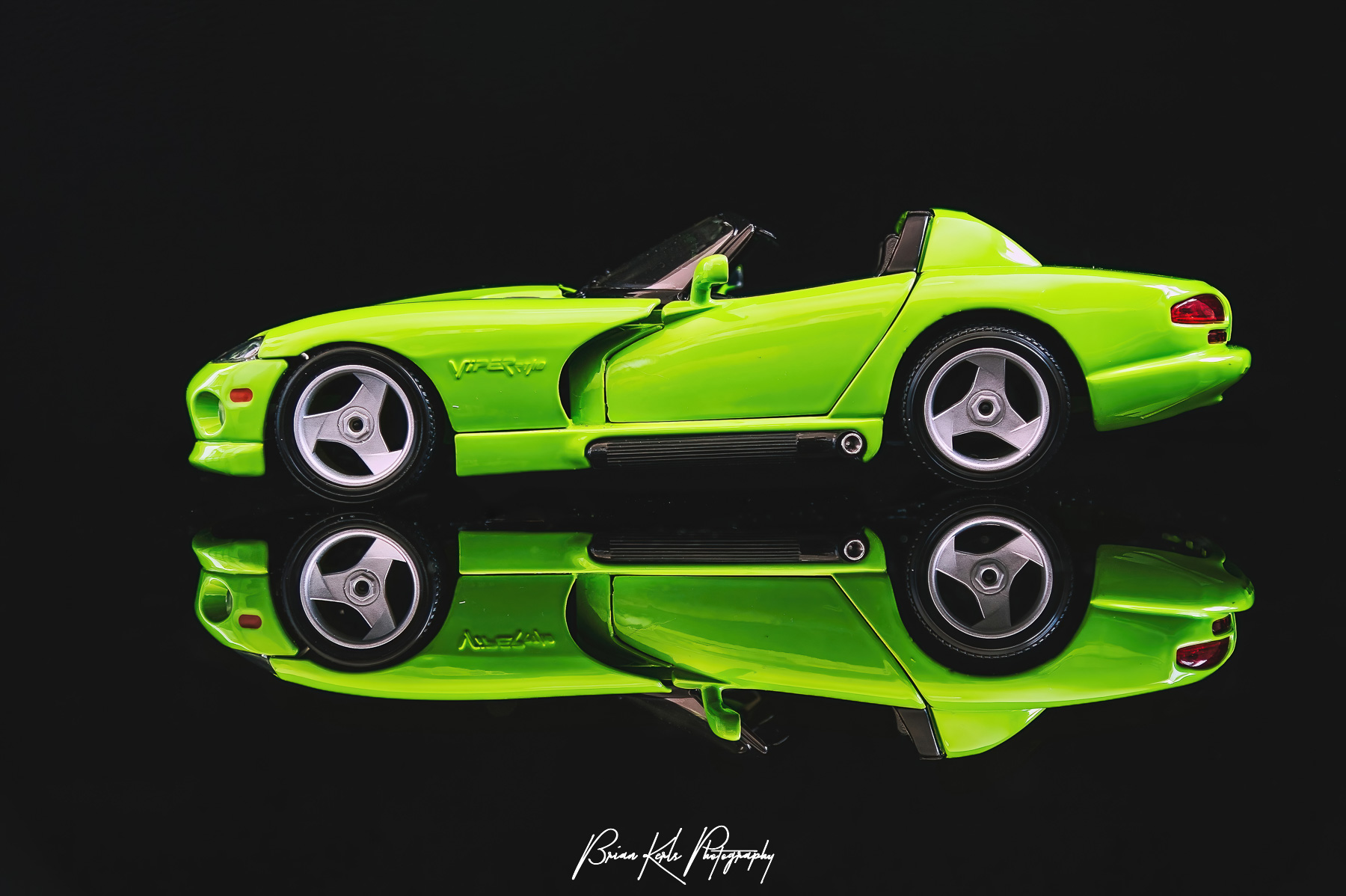| While I typically specialize in nature and landscape photographs, a few years ago I also got into sports car photography. At first glance, photographing landscapes and sports cars seem like vastly different photography genres, however they do share several common elements. In addition to having the right gear and mastering the technical aspects of photography, both require an understanding of the impact of light and color, a keen eye for composition, and the ability to combine these components with key details to convey the desired mood or feeling. Lighting is a crucial component to a quality landscape or sports car photograph. The way that light falls on the landscape or the vehicle can have a profound impact on the overall mood, atmosphere, and visual impact of any photograph. Angled light, such as from the side or the front, creates shadows that give a sense of depth, dimension, and texture to a landscape and emphasizes the angles, contours, and reflections in a sports car to highlight it’s sleek shape, lines, and curves. Soft, diffused light creates a gentle, even illumination across the landscape, while hard, direct light is useful for creating a sense of drama and contrast in the image through deep shadows and bright highlights. The warm, golden color of a sunrise or sunset can create a sense of romance and nostalgia, while the cool blues of a foggy morning can create a sense of mystery and intrigue in a landscape. With a sports car, its color plays a significant role in how light is used, as a bright red car may look best in soft, diffused lighting, while a silver or metallic car may require more intense and directional lighting to bring out its reflective surfaces. Composition is essential for both genres as a well-composed landscape or sports car image can evoke emotions, tell a story, and captivate the viewer’s attention. Leading lines and patterns can be used to create a sense of depth, dimension, and intrigue. In sports car photography, this may mean using the lines of the car, foreground, or background to draw the viewer’s eye in, while in landscape photography, it may mean using the contours of the land or the shapes of the trees to create a sense of movement and flow within the image. Shooting from different angles, such as low to the ground or from a higher perspective, adds variety and interest to the image and can convey a sense of a landscape’s scale or the power and speed of these sleek machines. The use of color in composing both types of images impacts the mood and atmosphere of the photo as the bright colors of a sports car or its background can create a sense of excitement and energy while the warm colors of a sunset or the cool blues of a mountain lake produce a sense of tranquility and calm in a landscape. Both genres also require the ability to be prepared and adaptable. This means being prepared to wait for the right moment, whether that means waking up early to catch the sunrise, waiting out a storm to capture the perfect shot, or adapting to unexpected vehicle lighting or backgrounds. Whether it’s the beauty and power of a sleek sports car or the majesty and serenity of a natural landscape, in many ways, sports car and landscape photography are two sides of the same coin. While the subject matter may be vastly different, the principles of composition, light, and color are the same. Both genres require an ability to capture the essence of the moment and provide diverse, exciting, and seemingly endless possibilities for capturing stunning images. Below are two of my more popular sports car photographs, as well as a couple of recent images from 2023. Drop me a line and let me know which genre – landscapes or sports cars – is more appealing to you, I’d love to hear from you! |
Loved what you just read?
Become a VIP Insider and get more of the good stuff – exclusive tips, insider updates, behind-the-scenes stories, and special promotions delivered straight to your inbox.
Don’t miss out—our VIP members get the best of everything first




